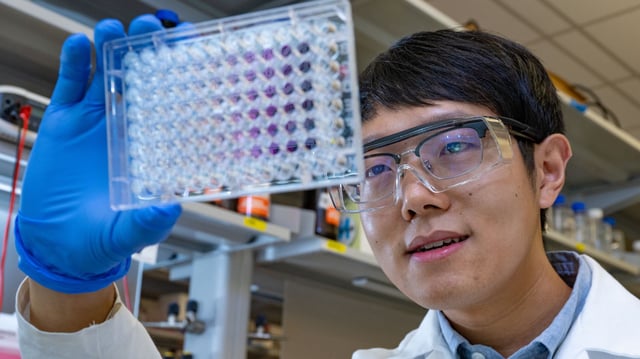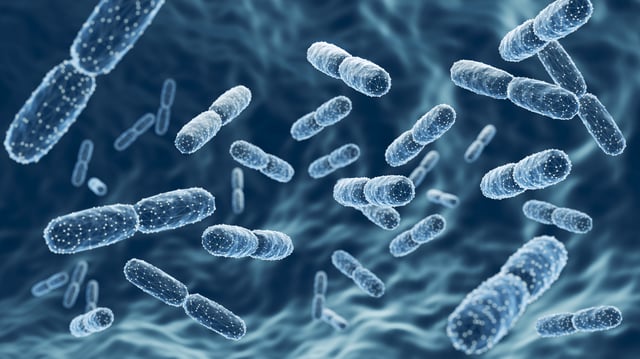Overview
- Researchers built an ultrasensitive biosensor in a surrogate bacterium to detect an unstable vitamin K₂ precursor at over a thousand times the sensitivity of conventional methods.
- Incorporating substrate depletion into mathematical models aligned predictions with lab data and revealed that running low on starting material imposes a production bottleneck.
- Rearranging the order of enzyme-encoding genes demonstrated that gene architecture provides an additional regulatory layer over precursor levels.
- Simultaneous adjustment of substrate supply, enzyme expression and gene arrangement enabled proof-of-concept lifting of the bacterium’s natural production ceiling.
- Published in mBio and supported by CPRIT and the NSF, these bench-scale results chart a path toward greener, cost-effective microbial vitamin K₂ manufacture pending scale-up and regulatory steps.

